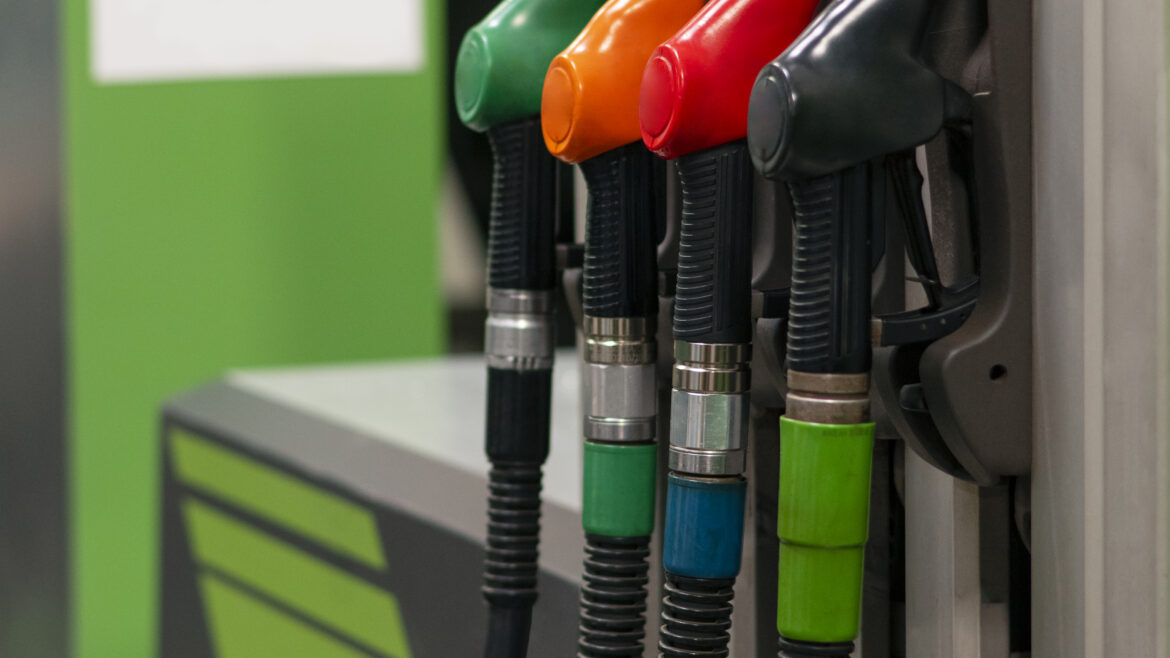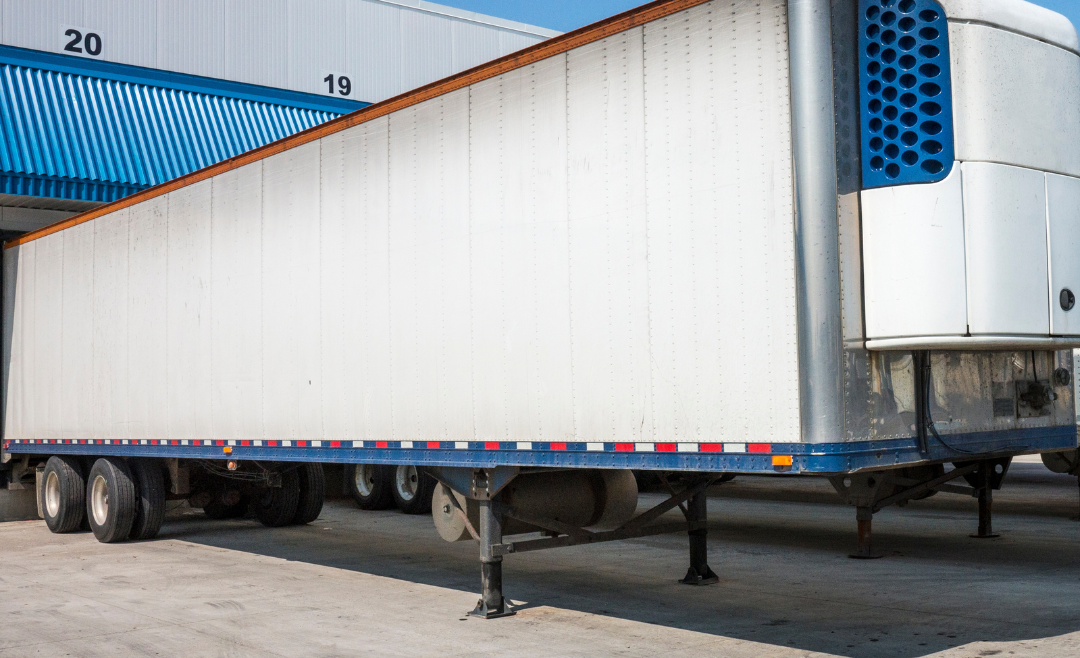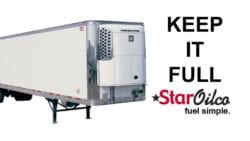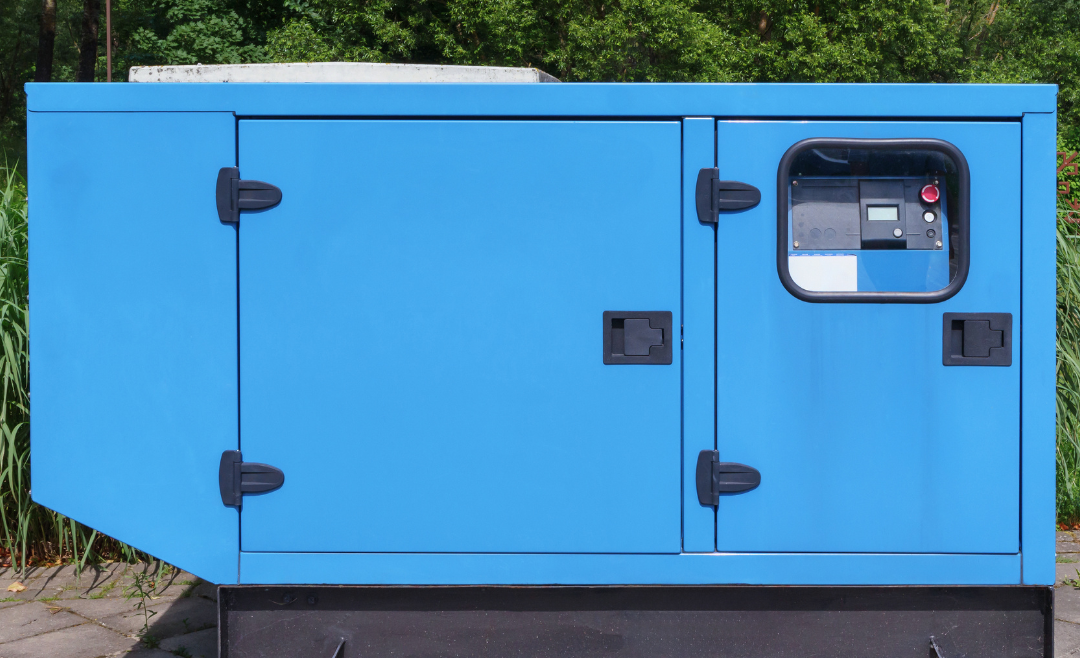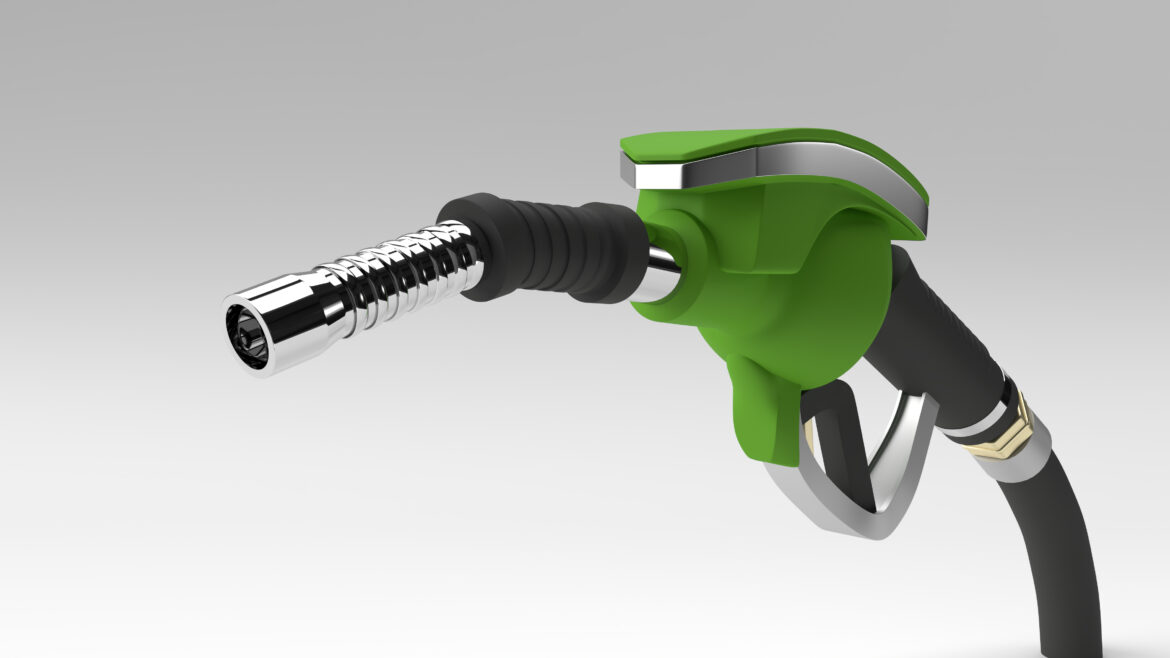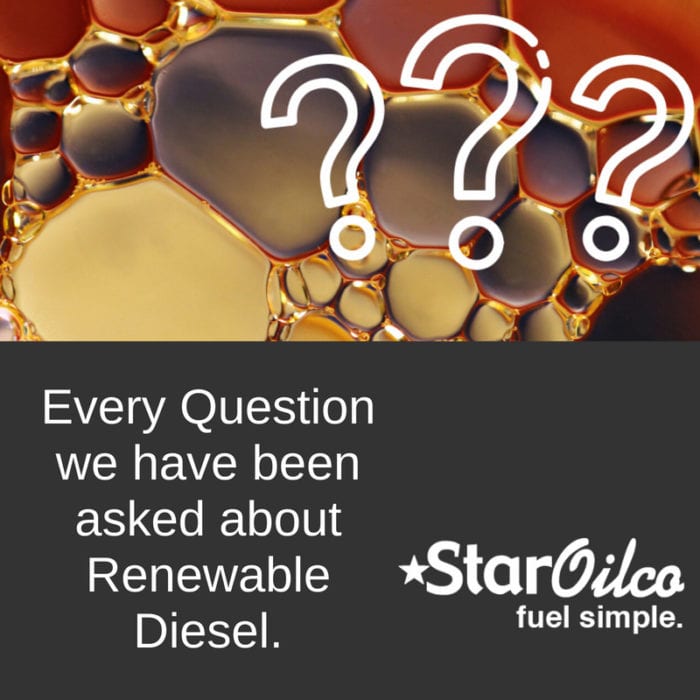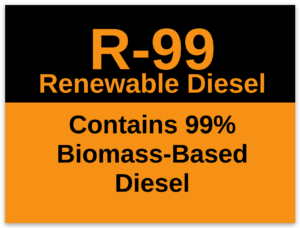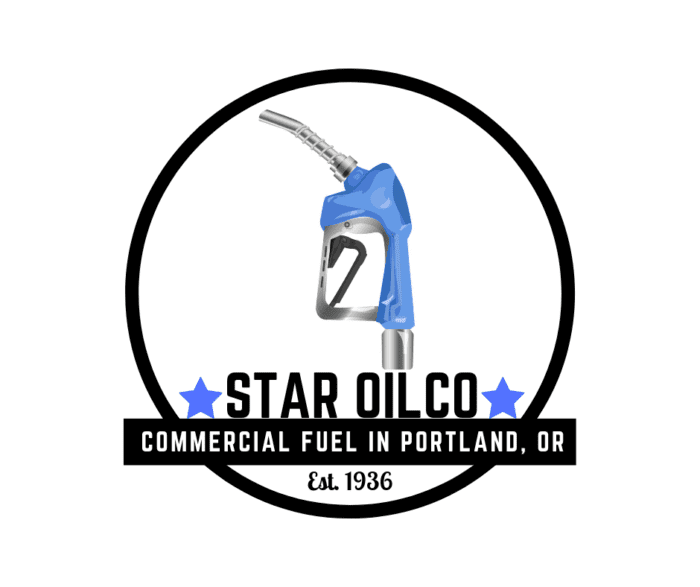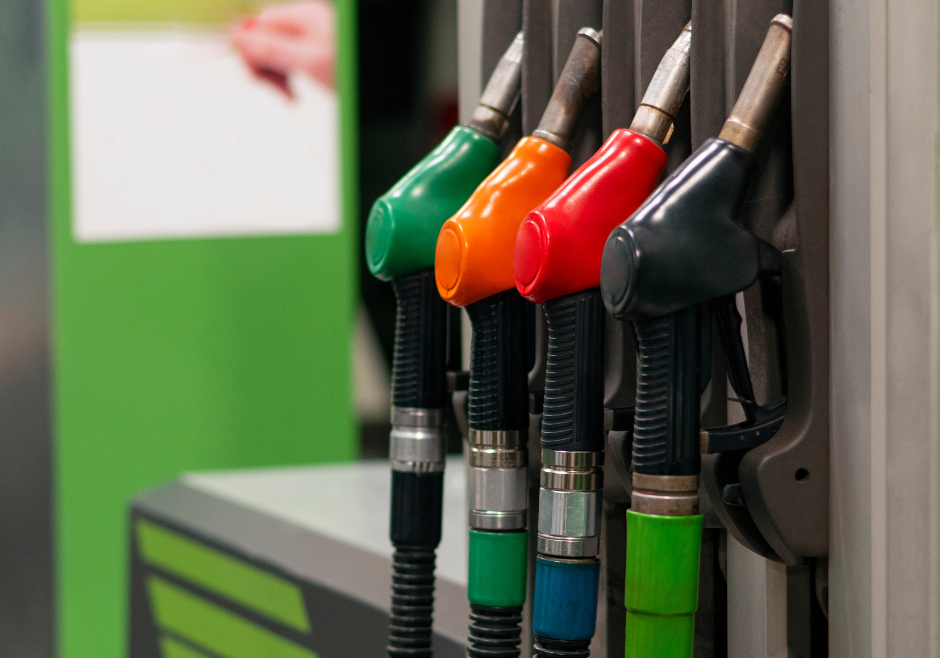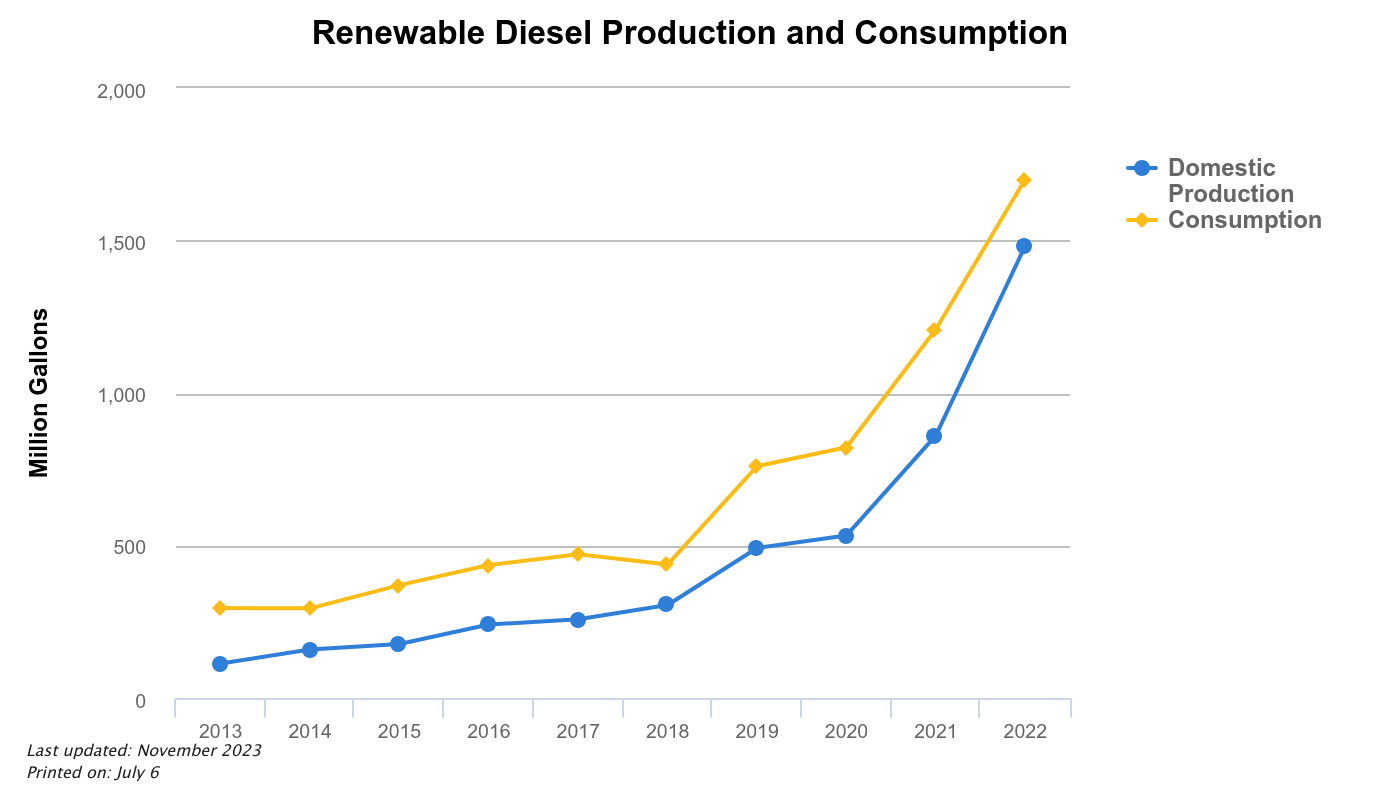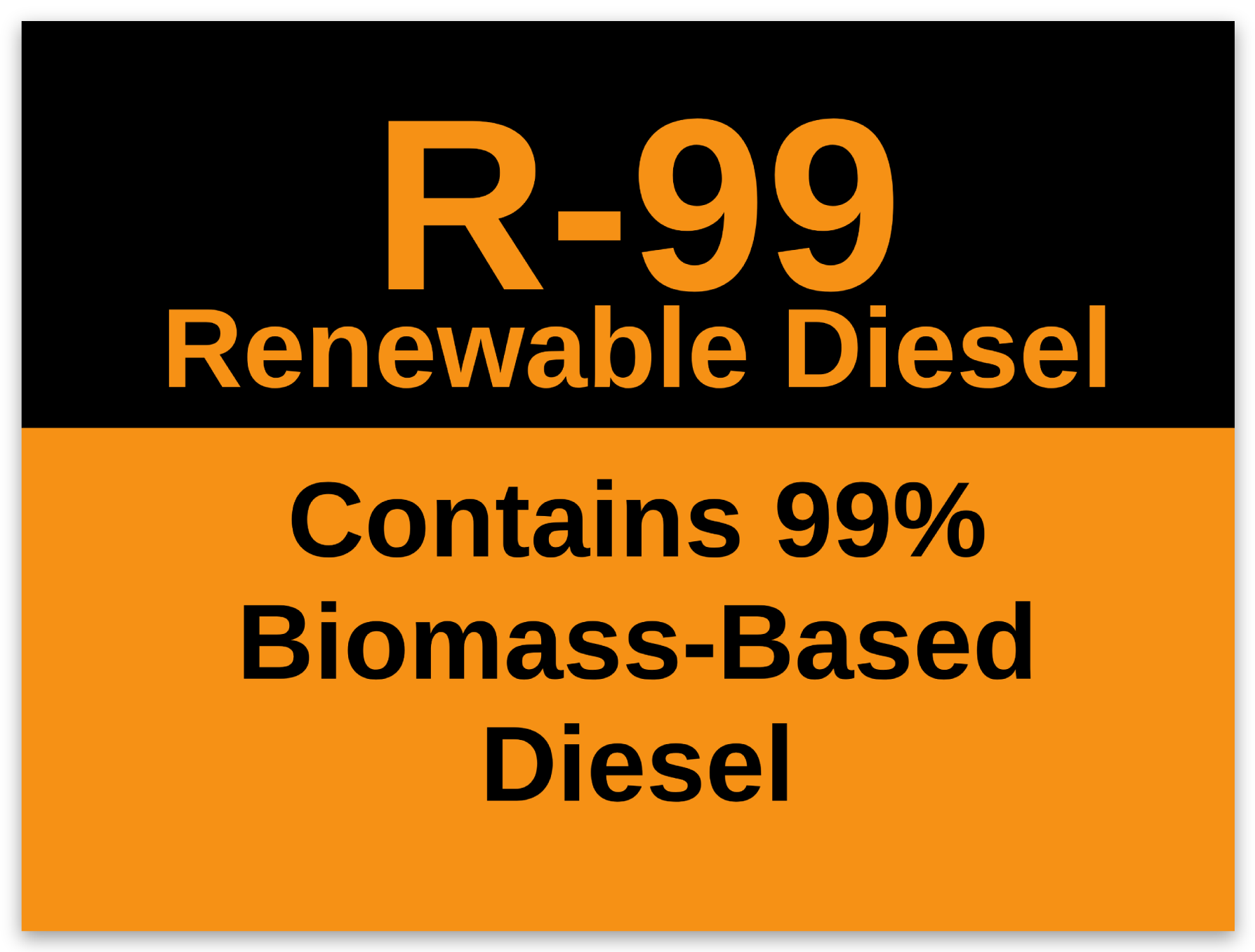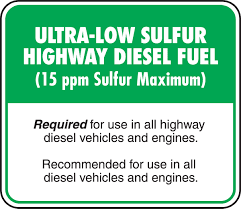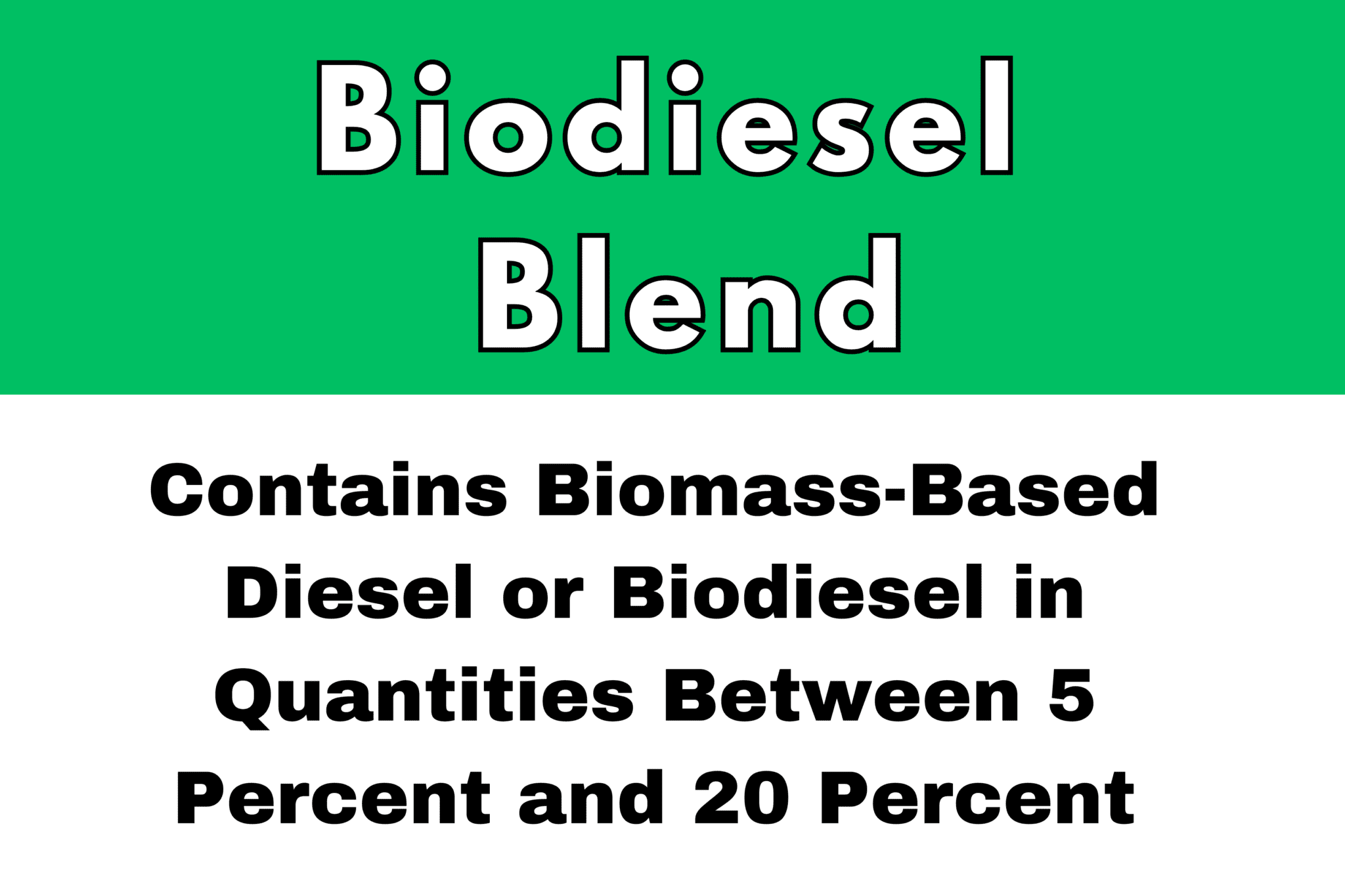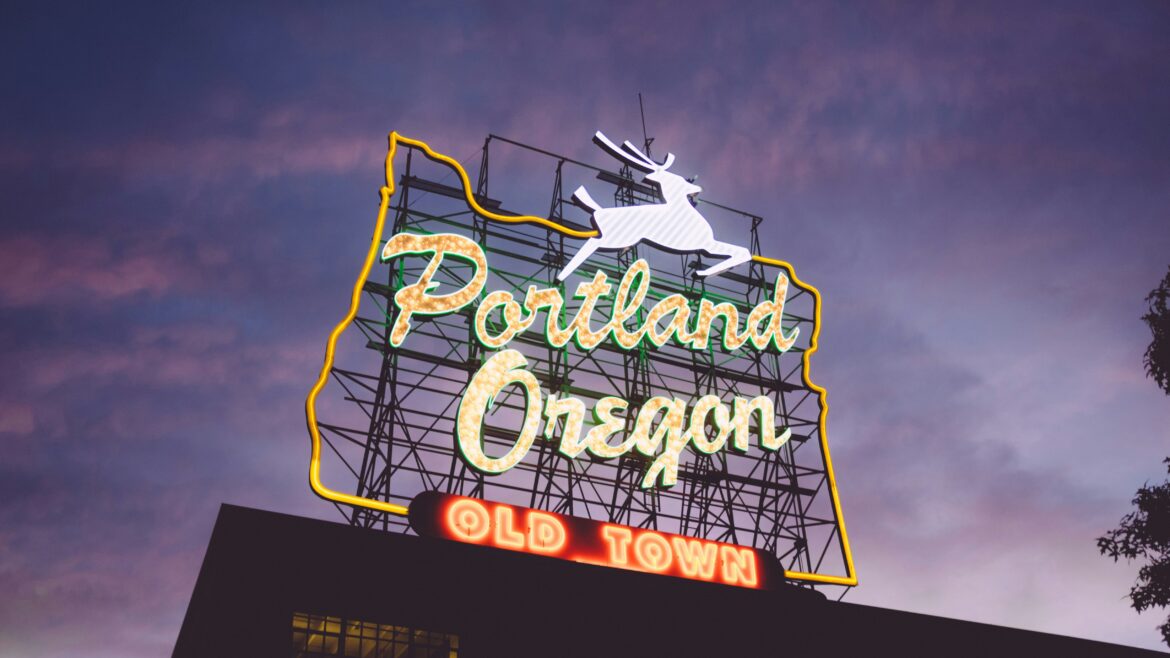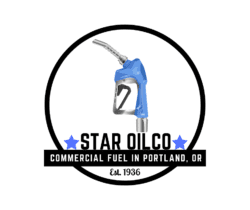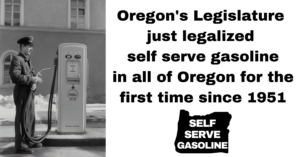Clear Premium Non-Ethanol Gasoline
Do you need Non-Ethanol Gasoline delivered in the Portland, Oregon area?
If you are looking for Non-Ethanol Premium Gasoline delivered to your bulk tank or available at a Commercial Cardlock, Star Oilco has your needs covered in the Pacific Northwest.
Premium Unleaded without Ethanol in the Gasoline
Nonoxy Premium is the fuel you want in a gasoline tank if you are storing equipment with a full tank of fuel.
Premium gasoline without any ethanol blended into it goes by several names. Clear premium unleaded, Non-Oxy (non-oxygenated) premium, nonethanol gasoline, or Clear 91 Octane are a few of the terms used. Regardless of what it is called, getting gasoline without ethanol in the Portland, Oregon area requires buying a premium rated gasoline.
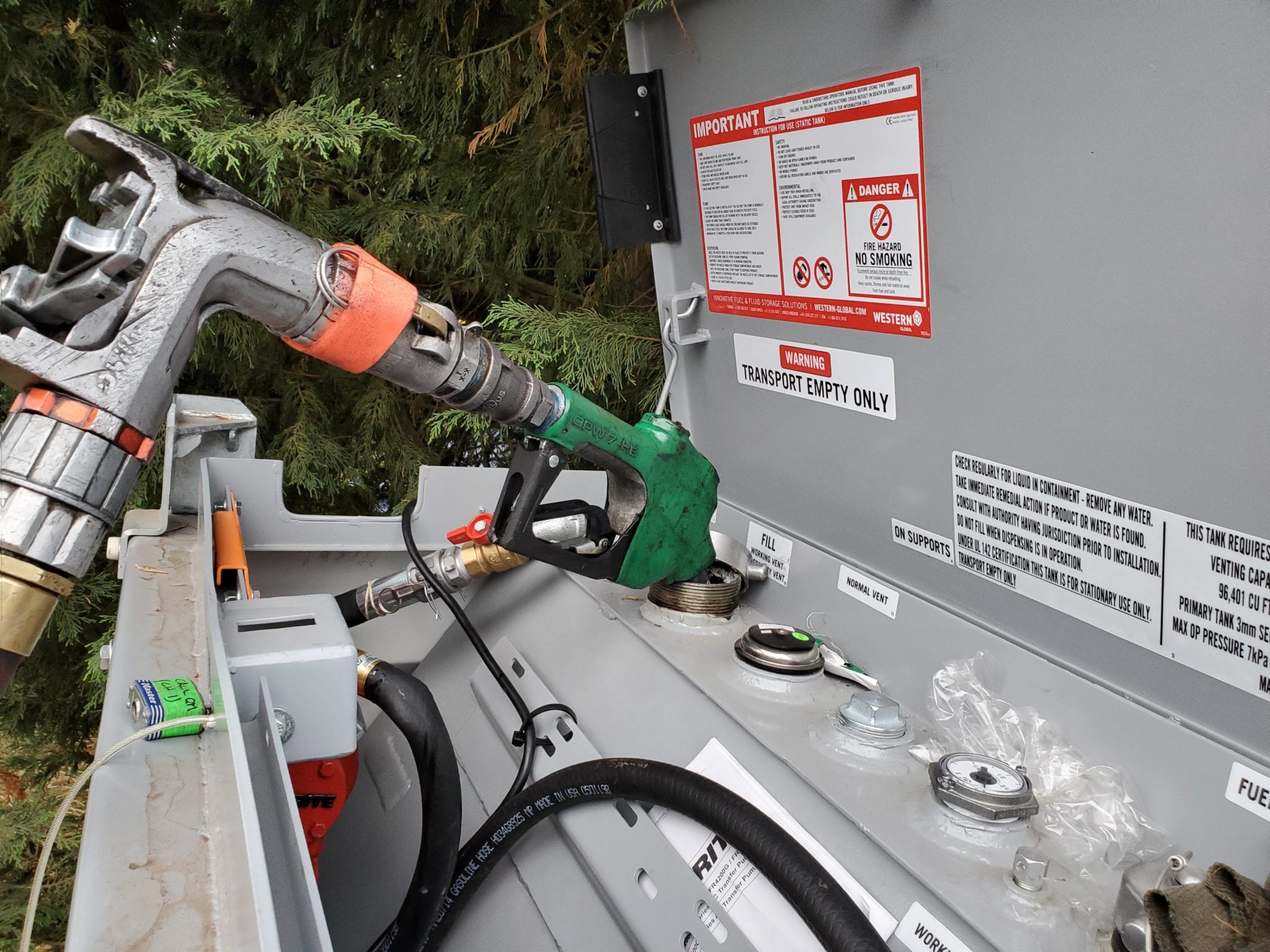
Why is the only ethanol free gasoline in Oregon and Washington premium grade of 92 octane?
This is because of several laws in Oregon as well as Washington that require the blending of 10% ethanol with all gasoline with the exception of premium grades for small engines, classic cars, aviation uses, and other type specification needs.
With the blend requirements for 10% ethanol this changed the way gasoline was supplied in the Pacific Northwest. This was caused by the octane ratings of gasoline. Regular gasoline is a 87 octane rating. E98 ethanol has a 107 octane rating. With this blend requirement, the gasoline changed to account for the high octane of ethanol. So refiners and sellers of gasoline began to use what the industry calls a “sub-octane” gasoline at 85 octane because the guaranteed blend of 10% ethanol would boost the octane rating back up to 87 octane.
This is usually where people ask: “Why does this effect premium unleaded as well, and why the heck is clear premium so expensive?”
There are three reasons nonoxygenated gas costs more:
1- Ethanol is a lower cost fuel than gasoline, so less ethanol means a slight higher price of the fuel.
2- Fewer terminals carry a non-ethanol option for Premium unleaded reducing options for customers demanding the fuel and therefore higher prices.
3- CO2 regulations have raised the cost of fuels without biofuel blends in them as well.
REASON 1
The reason why is for several decades before the 10% ethanol blend mandate, the industry has been upgrading retail gas stations, cardlocks, and truckstops to blend regular gasoline and premium gasoline to the midgrade gasoline at the island. With a 10% ethanol blend mandate for regular unleaded and midgrade this required any and all retailers with blending pumps to use E10 (10% ethanol) premium to be legal with their midgrade product sold. This also means that a non-ethanol premium pump requires a stand alone pump, line set up, and infrastructure need.
REASON 2
The blend mandates for gasoline caused all of the major branded gas station chains to move to a defacto 10% blend at the terminal level reducing availability of non-ethanol or “Clear” premium gasolines. With far fewer petroleum terminals, brokers, refiners, and other upstream wholesale dealers of gasoline exiting the non-ethanol gasoline market due to far lower volumes of it, the price went up. This also means that there is far less volume of ethanol free premium unleaded being sold at the wholesale level. Reducing the volume of sales of a single fuel grade raises the cost risk in a volatile commodity market like gasoline.
REASON 3
Recently the entire western coastal states (Oregon, Washington, and California) passed laws around CO2 emissions and liquid fuels like gasoline. This means that there is a cost for fossil fuels over biofuels which prices into the gallon of fuel. The less biofuel the higher the CO2 cost for those buying it. Add to that the western states have Cap and Invest rules which put a total limit on volumes of fossil fuels. These “Cap at the Rack” charges for fossil fuel have been as high as a full $1 for a gallon of fossil fuel in past years. Cap at the Rack charges on fossil fuel gasoline is usually in the $.40 a gallon added cost range of the price you pay.
If Clear Premium Gas is so expensive why do people still use it?
It is the optimal fuel for small engines that have a habit of being stored for long periods of time without use. Nonethanol fuel stores stable for a longer time and has a better cold start performance than an E10 gasoline fuel that has sat for over a year. Add to that it also does not absorb water or impact plastic/rubber/elastomer seals in equipment. That is why people prefer it. Sure, the limited availability of terminals carrying this product makes it a specialty in Oregon and Washington. But the added cost is worth it for sensitive low tolerance engines or for vehicles with long periods of storage between uses.


